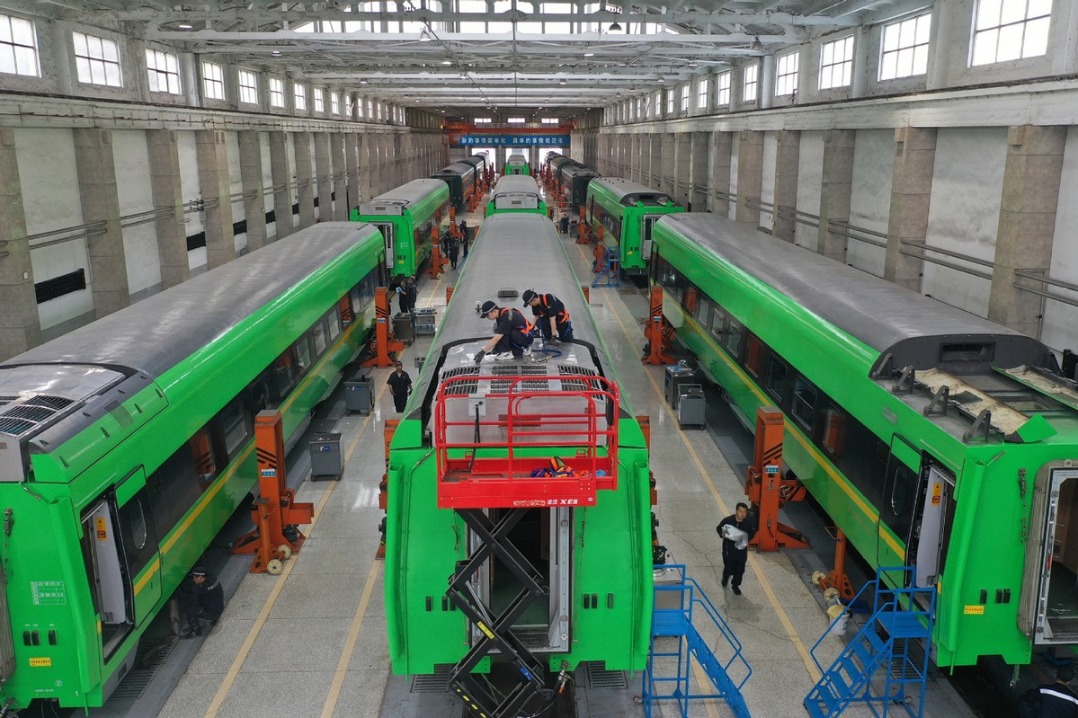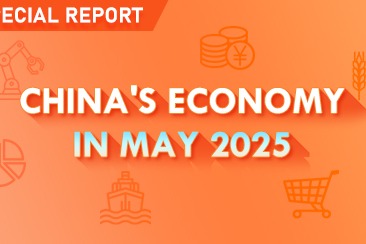Hong Kong eyes crown in supply chain shift


'China-Plus-One'
"In this respect, the 'China-Plus-One' procedure is a fail-safe for corporates to vary supply-chain risks and gain access to new revenue streams and resources while tapping into domestic market opportunities," he said, referring to the strategy of multinational corporates adding new production facilities in other developing Asian countries, besides China, to complement existing operations.
Francoise Huang, senior economist for Asia-Pacific at Euler Hermes, noted: "Global companies could still consider establishing production sites in China to provide for the country's large and growing domestic demand as the authorities continue to loosen regulatory restrictions to attract foreign direct investment."
According to the global trade credit insurer, highly digitized companies are significantly more likely to look for suppliers in China than those that are not as digitized. This could be put in the context of the fast digitalization drive that China has been experiencing in the past few years. Companies in the automotive sector mentioned China significantly more than companies in chemicals and information technology, as well as telecoms.
"This reinforces the fact that Hong Kong has continued to benefit from the supply chain shift and the prevalence of the 'China-Plus-One' strategy, in particular, in terms of the electronics industry. In the medium term, we think the trade sector's outlook is promising, given the accelerating regionalization, COVID-19 vaccine hopes and the expected easing of US-China trade tensions under a Biden administration," said OCBC Wing Hang economist Carie Li Ruofan.
The accelerating trend of economic, trade and investment linkages between China and ASEAN has reinforced Hong Kong's trade and logistics role in the Bay Area with the central government vowing to develop the 11-city cluster region into a world-class city metropolis in terms of trade, investment, logistics and finance.
"Hong Kong is a relatively small market, so businesses think of expanding into the Bay Area which is 10 times bigger. There'll be a clustering effect when Hong Kong joins Shenzhen and Guangzhou. This will be a powerful combination as the three cities enjoy a high global ranking in technology and innovation," said Bailey. "Hong Kong's future lies in scalability -- being linked up with the other 10 cities in the Bay Area."
Phillips said Hong Kong's investment promotion agency will set up a small team for the Bay Area to sell this proposition to businesses worldwide.
Regional trade blocs
The 'China-Plus-One' approach will gain further momentum if regional trade blocs develop. The signing of the world's largest free trade pact has lifted Hong Kong's prospects as a global digital supply-chain hub.
Moody's Investors Service estimates that the RCEP pact accounts for about US$26.2 trillion of the grouping's gross domestic product, with cross-border trade reaching US$10.4 trillion (28 percent of global trade). The deal is expected to scale up the Asia-Pacific's market size, creating fresh opportunities for companies to produce and sell within the region.
Besides further liberalization of tariffs and quotas and expanding existing bilateral free trade pacts among the member countries, the agreement aims to cut non-tariff barriers by covering trade in services, investment, e-commerce, intellectual property and labor mobility.
RCEP will facilitate greater volumes of outbound foreign direct investment and existing supply chain reorientation throughout ASEAN, with greater market access and increased production opportunities. The establishment of a common rules-of-origin framework will also widen market access for exporters in member countries and step up the drive to strengthen regional supply-chain resilience.
"Hong Kong exports have more room to grow with the new opportunities arising from the mainland's 'dual circulation' policy and the Bay Area development, coupled with the implementation of a free trade agreement between Hong Kong and the ASEAN bloc, as well as the RCEP, which promotes inter-regional trade," said Nicholas Kwan Ka-ming, director of research at the Hong Kong Trade Development Council.
The key benefit of the RECP accord is harmonization that can reduce the complexity of trade relations in the Asia-Pacific, as well as trade barriers, by slashing import tariffs in the next few years.
Home to over 650 million people, the ASEAN bloc was China's top trading partner in the first half of last year, surpassing the US and the European Union and reflecting the immense market potential of the ASEAN economies.
"We see the shift toward consumers in China and ASEAN much more tech-savvy and digital as they're very young in demographics and millennia consumers. ASEAN and China are coming together. They're manufacturing centers moving to consumption. We see the rise of China and ASEAN consumers," Bailey added.
Financial Secretary Paul Chan Mo-po said Hong Kong will strive to be among the first batch economies to join after the RCEP agreement takes effect, saying it will benefit Hong Kong's services trade and investment although the city exempts most imported goods tariffs and has a small proportion of the manufacturing industry.
Total bilateral trade in goods between Hong Kong and the 15 RCEP member countries stood at US$765.5 billion in 2019, accounting for 71 percent of the city's total trade value, Chan wrote in a blog post in November last year.





































